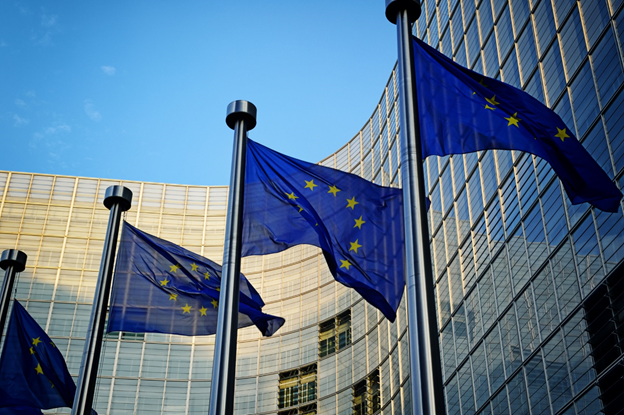Highlights
- The European Union is mulling measures to encourage rare earth magnet production by local producers.
- Rare earth permanent magnets are a type of super-strong magnets widely used in a variety of products, such as electric vehicles and wind turbines.
- China currently accounts for 90% of the global supply of rare earth magnets.
The European Union (EU) is planning to make a move in the direction that supports and encourages the production of rare earth (REE) permanent magnets by local producers. It is working on proposals aiming to accelerate magnet production at home.
Rare earth permanent magnets are a type of super-strong magnets. They have wide-scale applications in products varying from headphones to electric vehicles (EVs) and wind turbines.
Related Read: Do you know EU & China’s plan to cut greenhouse emissions?
Why is the EU pressing to boost home production of REE magnets?
REE magnets were discovered by European scientists and engineers; however, the changing times have put Europe in a different position today. Over the years, the rate of production of these metals has been declining in Europe. Consequently, the European Union launched the European Raw Materials Alliance (ERMA) last year with the purpose to make the continent more resilient in such resources.
Neo Performance Materials, a manufacturer of advanced industrial materials, owns the only commercial rare earth separation facility in Europe. A permanent magnet factory entailing an investment of US$100 million is expected to be established in Estonia by Neo.

Image source: © Zhouxiao055 | Megapixl.com
Other than the European Union, the United States and Britain are also looking forward to boosting the production of rare earth permanent magnets. The United States has introduced a legislation to offer tax credits to local producers of these magnets.
You may watch: What are Rare Earth Elements and what’s their strategic significance?
What is European Raw Materials Alliance (ERMA)?
The European Union launched the European Raw Materials Alliance (ERMA) in 2020 with the purpose to make the continent more resilient economically.
It aims to diversify its supply chains by pulling in more investments to the raw materials value chain by identifying barriers as well as opportunities. The prime objectives of the alliance are innovations and human resource development in order to smoothen the process of the green transition.
The alliance complies with the EU international trade commitments and the EU competition rules.

Image source: © Paulgrecaud | Megapixl.com
Must Read: Four sustainability trends as green transition heats up
What has triggered the focus on these magnets?
The greater use of rare earth permanent magnets will result in reduction in carbon emissions. Most importantly, countries are increasing their home output to bring down their dependency on China for the product. They are investing technology and capital to strengthen their position in the sector.
At present, China has the largest production of rare earth permanent magnets. Reportedly, local makers in China receive financial grants of around one-fifth of the cost of raw materials required in production. This has been the reason for China gaining ground in the sector.
China caters to 98% of the EU demand for magnets made from rare earths, while it accounts for nearly 90% of the global rare earth magnet supply.
Bottom Line
The European Union aims to build a domestic industry of rare earth magnets as well as its mining & processing to make itself self-reliant in the supply of these magnets. It plans to use the ERMA platform to expand the commercial scale of production of REE magnets at home.
Also read: How Taliban’s Afghan victory could affect the global rare-earth market

.jpg)

